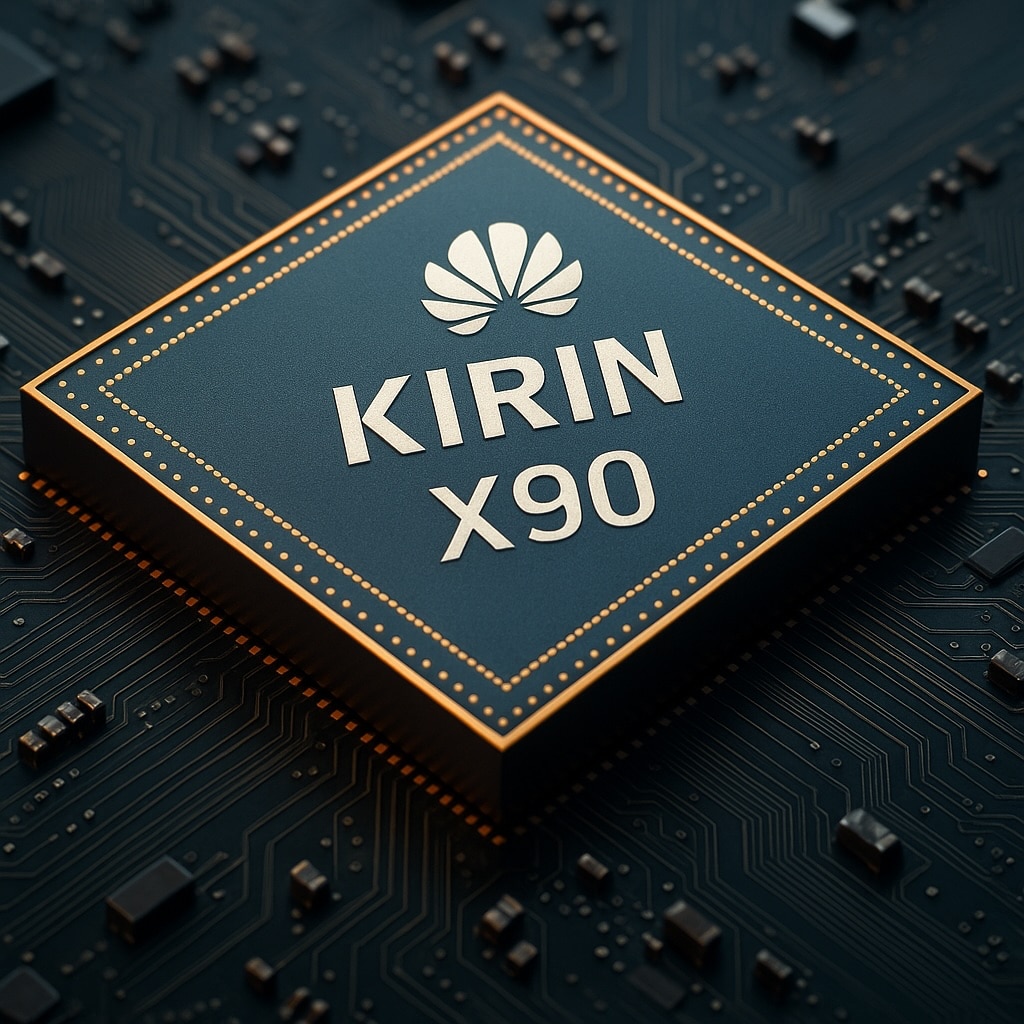Huawei seems determined to regain lost ground in the competitive global smartphone market. Despite the technological restrictions imposed by the United States and the challenges in accessing EUV lithography, the Chinese company continues to bet on technological self-sufficiency. Now, rumors point to the imminent launch of the new Kirin 9030 processor, which is expected to debut alongside the Mate 80 series planned for the last quarter of 2025.
A 20% Improvement That Could Set a Trend
According to leaks from Weibo, reported by Huawei Central and Wccftech, the Kirin 9030 would offer a 20% performance boost over its predecessor, the Kirin 9020. Although some reports do not clarify whether the comparison is against the 9020 or even the 9010, expectations are high.
If confirmed, this would represent a notable evolution within the same manufacturing generation, as all indications suggest that the new SoC will continue to utilize the 7nm node from SMIC, given the current difficulties in successfully implementing the 5nm process without EUV equipment.
Huawei’s Resilience in the Face of Sanctions
Since the U.S. sanctions began in 2019, restricting Huawei’s access to U.S.-sourced technology, the company has had to reinvent its supply chain. The lack of extreme ultraviolet (EUV) lithography tools has delayed its semiconductor ambitions by one to two generations compared to leaders like TSMC or Samsung Foundry.
However, Huawei has not backed down. From the Kirin 9000s launched with the Mate 60 Pro in 2023 to the Kirin 9020 of the recent Mate 70, the company has been optimizing its chips in collaboration with SMIC, its national foundry partner. The arrival of the Kirin 9030 would not only represent a technical advancement but also a symbol of technological persistence amid unprecedented blockades.
More Power… Without Changing Lithography
One of the standout aspects is that, despite seemingly maintaining the 7nm node, the Kirin 9030 would achieve that 20% performance increase. This suggests a significant optimization effort at the architectural and energy efficiency levels, likely through improvements in core design, integrated GPU, and artificial intelligence capabilities.
If the improvement is compared against the Kirin 9000s, the cumulative jump could reach between 50% and 60% performance enhancement, which would be remarkable considering the technical and political context in which Huawei operates.
The Mate 80 as a Workhorse
The Mate 80 series will showcase this new generation of chips, and the company is expected to follow the formula seen before: in-house hardware, HarmonyOS operating system, and a comprehensive approach to user experience without relying on Western technology.
The recent success of the Pura 80 series, which according to Chinese media has surpassed 200,000 units sold in just 15 days, demonstrates that the domestic consumer still trusts Huawei, and the brand maintains its appeal even without Google services or cutting-edge chips.
A Commitment to Technological Sovereignty
Beyond the numbers, the launch of the Kirin 9030 consolidates China’s strategy for technological sovereignty in the mobile sector, one of the most affected by tensions between Washington and Beijing. Huawei not only seeks to maintain its commercial relevance but also aims to become a benchmark for national innovation.
At the same time, the company is investing in new production lines to reduce its dependence on external sources and move toward the coveted 5nm lithography. Although there are currently no signs of stable production with that node, some analysts do not rule out a surprise by 2026.
In a world where semiconductors are as geopolitical as they are technological, Huawei is moving against the current, with each new chip as a declaration of principles. The Kirin 9030 may not be the fastest on the market, but it is certainly the most symbolic.
Source: huaweicentral

